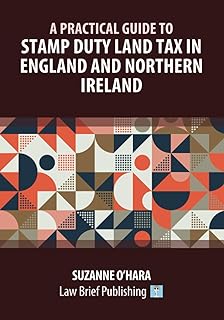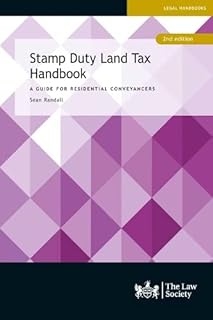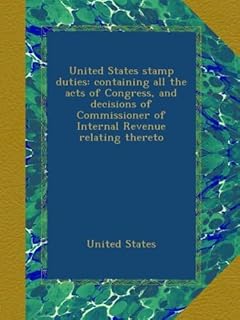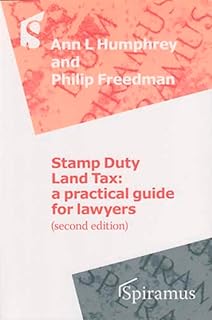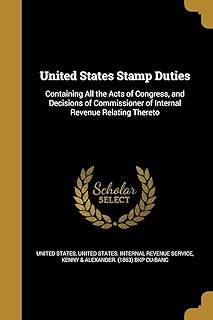Stamp duty regulations are under scrutiny by the Australian Securities and Investments Commission (ASIC), with potential implications for superannuation property investments. The review of a stamp duty disclosure requirement has sparked discussions on how it may be hindering superannuation funds from investing in housing projects, potentially unlocking $10 billion in housing investments.
ASIC, as Australia’s financial regulatory body, is exploring changes to Regulatory Guide 97 (RG 97) that could pave the way for an additional 35,000 homes to be built. The move comes in response to concerns raised during consultations, highlighting the need to address regulatory barriers that deter superannuation funds from property investments.
ASIC Chairman, Joe Longo, emphasized the importance of ensuring that regulations do not impede investments in crucial sectors like housing. The review aims to evaluate the impact of stamp duty disclosure on investment decisions by superannuation funds and potentially streamline reporting requirements to encourage transparency and economic growth.
The proposed changes have garnered mixed reactions, with some viewing them as a positive step towards addressing the housing crisis, while others express concerns about prioritizing institutional interests over those of individual Australians. The review’s outcomes are anticipated to influence the landscape of property investments and superannuation fund allocations.
Amidst a housing shortage and rising rental prices, the need for increased housing supply is underscored by recent data indicating a shortfall in new dwellings. Vacancy rates remain tight across major cities, putting pressure on tenants and signaling challenges in rental affordability, particularly in Sydney, Brisbane, and Hobart.
The Property Council of Australia and the Association of Superannuation Funds of Australia have voiced support for the proposed regulatory changes, highlighting the potential benefits of easing reporting requirements related to stamp duty. These adjustments could lead to the construction of thousands of new homes, addressing the growing demand for affordable housing in the country.
As the review progresses, industry experts and stakeholders are closely monitoring developments that could reshape the property investment landscape and enhance the role of superannuation funds in funding critical infrastructure projects. The outcome of the ASIC review may have far-reaching implications for the real estate market and the broader economy, potentially unlocking significant investment opportunities in the housing sector.
In conclusion, the ongoing review of stamp duty regulations by ASIC reflects a broader effort to address regulatory barriers and enhance investment flows in the property market. By facilitating greater transparency and reducing impediments to superannuation fund investments, the proposed changes aim to stimulate housing development and support economic growth in Australia.
📰 Related Articles
- ASIC Review Targets Regulatory Barriers for Super Fund Property Investments
- US Clean Energy Investments Surge to Record $71 Billion
- U.S. Clean Energy Investments Reach Record $71 Billion in Q3
- Spotify’s $10 Billion Boost Transforms Brazil’s Music Landscape
- Lakers Sold for Record $10 Billion to Mark Walter
